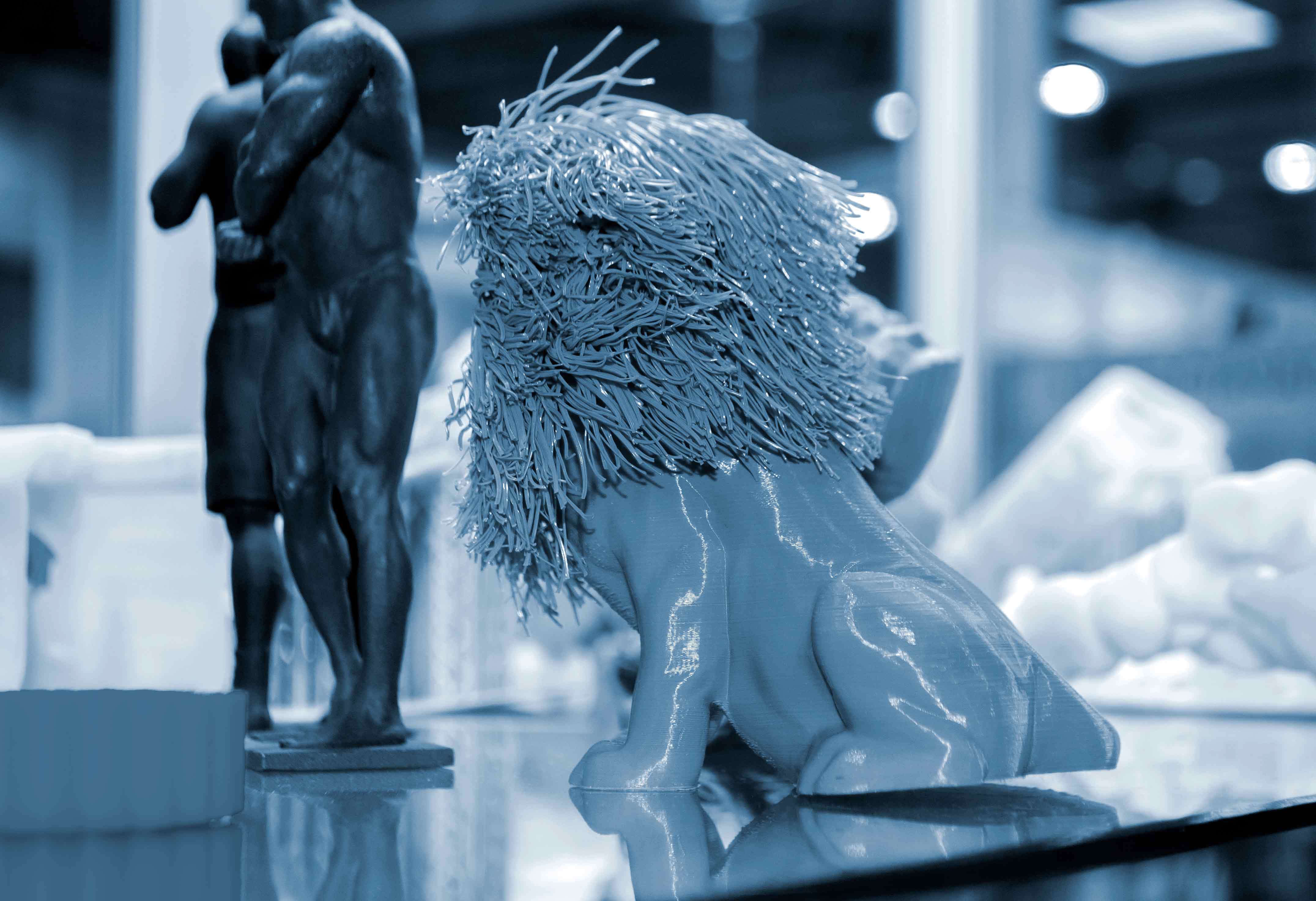ABS (Acrylonitrile Butadiene Styrene) and PLA (Polylactic Acid) are two of the most common materials used in FDM 3D printing. Discover the following differences between ABS and PLA.
Ease of Printing
PLA is generally easier to print with than ABS. It can be printed at lower temperatures (190-220°C) and is less prone to warping. ABS, on the other hand, requires higher printing temperatures (220-250°C) and a heated bed and is more prone to warping and cracking.
Durability
ABS is more durable and has a higher impact resistance than PLA. It is also more flexible, making it suitable for parts that need to withstand stress or strain.
Appearance
PLA generally produces prints with a smoother finish and more precise details. ABS prints can also have a smooth finish, but this often requires additional post-processing.
Environmental Impact
PLA is a biodegradable material made from renewable resources like corn starch, making it more environmentally friendly than ABS. ABS is not biodegradable, but it can be recycled.
Heat Resistance
ABS is more heat resistant than PLA and is less likely to deform under high temperatures. This makes ABS a better choice for parts that will be exposed to heat.
Applications
PLA is ideal for prototyping, educational and architectural models, and other applications where aesthetics are key. ABS is more suitable for functional parts, like gears and mechanical parts, or items that will be regularly handled and used.












